North Korea tested yet another nuclear weapon last week. What alarms experts isn’t that they did it but the frequency at which these tests are happening. The country detonated its fourth nuclear weapon in January of this year. Before this they tested nuclear weapons in 2006, 2009 and 2013. Multiple reports have said that these blasts are getting stronger.
We published an article in our annual report this spring that we think addresses the human toll North Korea’s nuclear program has taken, especially on the refugees. Below is an abridged version of the article and here is a timeline of North Korea’s nuclear project as it appeared in our annual report. For a free copy of our annual report, email us your home address: contact@crossingbordersnk.org.
Hope for diplomatic relations with North Korea took a heavy hit in January, 2016 as North Korea’s nuclear ambitions stirred unease and fear in the international community. The country claimed to have detonated a powerful hydrogen bomb, though experts outside the country dispute this. They later successfully launched a satellite into space, which many analysts said was really a test of the country’s ability to deliver a nuclear warhead on a similar rocket.
North Korea’s nuclear program has been a decades-long project. It has been the country’s most important initiative and has survived sanctions, a famine and the world’s unequivocal condemnation. But Crossing Borders remains hopeful despite the fact that the nuclear program has often been at the expense of the nation’s people. The government continues to pursue a nuclear agenda while everyday North Koreans are still caught in a desperate struggle to feed themselves and their families.
Economic progress is difficult when a country is hungry. People can’t work at full strength when their stomachs are empty. While the North Korean economy has floundered for the past 20 years, it has spent $2.8 to 3.2 billion on its nuclear program, according to the Chosun Ilbo. These funds could have purchased about 10 million metric tons of grain, enough to feed the country for two years.
But the program’s cost cannot be measured in grain alone. Experts say it should also be measured in missed opportunities for their economy. North Korea’s nuclear program has a hidden opportunity cost: continued sanctions that block the nation’s participation in the global economy. North Korea’s neighbor, South Korea, could potentially be a powerful trading partner if sanctions based on nuclear disarmament are lifted.
“Inter-Korean trade would grow rapidly from the present amount of roughly $2 billion per year to approximately $11 to $16 billion per year by 2020,” wrote Scott Snyder for the Council on Foreign Relations (2013).
The North Korean people and their leaders continue to miss potential opportunities to earn valuable income and stimulate their economy. This leaves the people hungry, forcing them to continue seeking food and resources outside their country.
As refugees continue to flow out of North Korea, the world looks in, but often in the wrong place. World leaders have fixed their gaze on the country’s nuclear arsenal and military power. Overlooked and unseen are the tens of millions of people who are suffering.
***
But despite these overwhelming circumstances, we see hope. Amidst the thousands of dark hours we’ve spent with refugees as they recount the difficulties they have faced in North Korea and in China, we have seen countless smiles. It is hard to remember what these people have gone through while spending time with them. We have seen what God’s love does for their souls.
They are full of hope. They are full of laughter. If you talk to any of our staff who has spent time with these people, they will tell you of the joy that exudes out of these individuals who have seen the compassion of Christ.
We have seen that the love of God has the power to heal the broken and hurt. This is something that no weapon can destroy.


